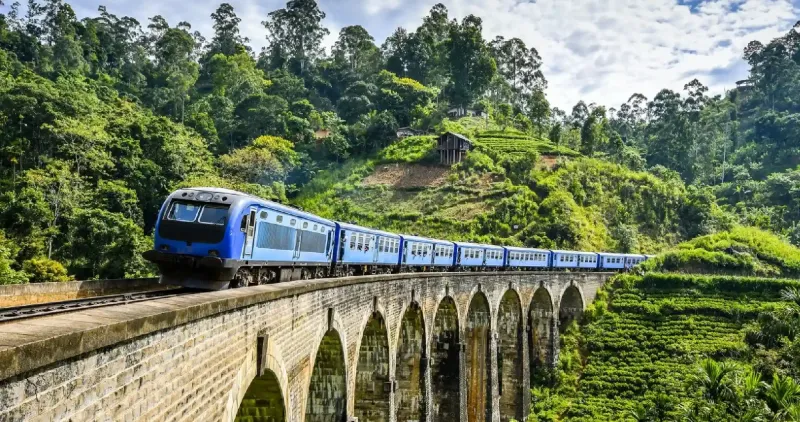The Cabinet Committee on Economic Affairs has given the green light to three pivotal railway projects aimed at bolstering India’s rail infrastructure. With a total investment of ₹7,927 crore under the PM-Gati Shakti National Master Plan, these initiatives promise to enhance connectivity and drive economic growth.
Key Project Highlights
The approved projects encompass:
- Jalgaon-Manmad 4th Line (160 km)
- Bhusawal-Khandwa 3rd & 4th Line (131 km)
- Prayagraj (Iradatganj)-Manikpur 3rd Line (84 km)
Together, these developments span a total of 639 km in new railway lines.
Regional Coverage
The projects will impact seven districts across Maharashtra, Madhya Pradesh, and Uttar Pradesh. Approximately 1,319 villages will experience improved rail connectivity, directly benefiting 38 lakh people through enhanced transportation services.
Economic and Social Advantages
These new rail lines will significantly boost the Mumbai-Prayagraj-Varanasi corridor. They will also support growth in underdeveloped regions like Khandwa and Chitrakoot, enabling increased passenger train operations to popular religious destinations such as:
- Trimbakeshwar
- Omkareshwar
- Kashi Vishwanath
- Shirdi
Tourism will also see a surge with improved access to iconic heritage sites, including:
- Ajanta and Ellora Caves
- Khajuraho
Freight and Environmental Gains
The projects will add an annual freight capacity of 51 million tonnes, facilitating the transport of essential goods like crops, coal, steel, and cement. This expansion will lower shipping costs and stimulate economic activity.
Additionally, these rail developments are designed to be environmentally sustainable, cutting 271 crore kilograms of carbon dioxide emissions annually—equivalent to planting 11 crore trees.
By merging economic progress with ecological responsibility, these railway projects aim to pave the way for a more connected and sustainable India.




